Back on October 16th in 1859 the radical abolitionist John Brown led a group of 18 men in a raid. Ten of the eighteen men were black. Assisting fugitive slaves was illegal and unacceptable in nearly all white communities. When John Brown attacked Harper's Ferry he captured enough weapons to create a slave uprising. Militia quickly stepped in and troops commanded by Colonel Robert E. Lee captured most of the raiders. Brown was tried for treason by the State of Virginia, convicted, and hanged in nearby Charles Town. The failed raid was an introduction for Civil War that was to follow.
When Virginia seceded from the Union in April of 1861 the US garrison attempted to burn the arsenal and destroy the machinery. Locals saved the equipment, which was later transferred to a more secure location in Richmond. Arms production never returned to Harpers Ferry. A student company from the University of Virginia was one of the militia units moving toward Harpers Ferry. Among its ranks was a 17 year old boy named Robert E. Lee, Jr., son of the future Confederate general.
Harpers Ferry was a strategic location on the railroad at the northern end of the Shenandoah Valley. Both Union and Confederate troops moved through Harpers Ferry with the location changing control many times throughout the war.
When 37 year old Thomas J. Jackson arrived at Harpers Ferry, Va., on April 30, 1861, he had not yet become famous. He was known only as a professor. The town had just recently been taken over by Confederate state forces, and Jackson had been sent to organize and command the new recruits. He found the double tracks of the Baltimore & Ohio Railroad that ran through Harpers Ferry were still being heavily used, transporting thousands of tons of coal and supplies daily between the Union East Coast and the Midwest. A few weeks after taking command, Jackson informed the president of the railroad that he would have to stop running trains through Harpers Ferry at night because it disturbed the sleep of his soldiers. The schedules were changed so the trains passed through town only during the day. But Jackson was not satisfied, saying the trains interfered with his men's drill. The railroad and Jackson then reached a compromise, the trains would pass through town only between 11:00 A.M. and 1:00 P.M. But during those two hours the traffic was very heavy in both directions. On May 21 at 11:00 A.M., Jackson had opposite ends of each side of the 31 mile stretch of double tracks barricaded and trains could enter a section of track, but they could not leave. At 1:00 P.M., he had the tracks at both ends torn up so that 42 locomotives and 386 cars were now the property of the Confederacy. From Harpers Ferry, there was only a spur track that ended at Winchester, Virginia still 20 miles from Staunton, the closest track connecting with the Southern rails. Jackson had his men haul 14 of the locomotives and many of the cars overland to Staunton. Jackson purchased a runt of a horse that was found in one of the captured cars and intended to give it as a gift to his wife. Jackson grew so fond of the nag, he named it Little Sorrel, and rode it during the war.
Subscribe to:
Post Comments (Atom)
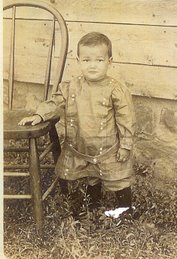
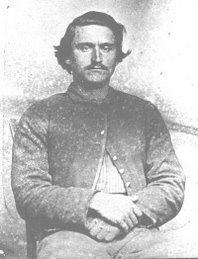

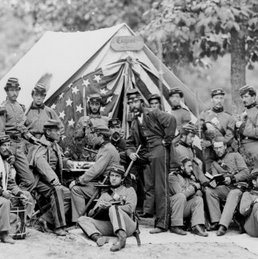

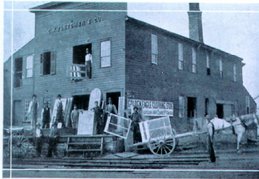
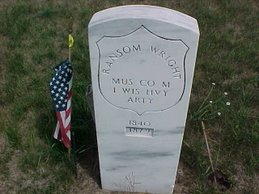

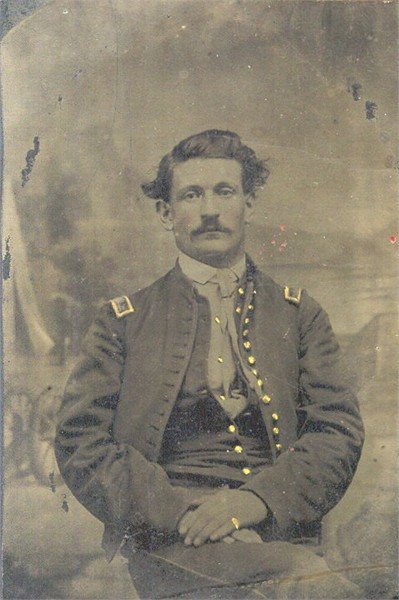
No comments:
Post a Comment